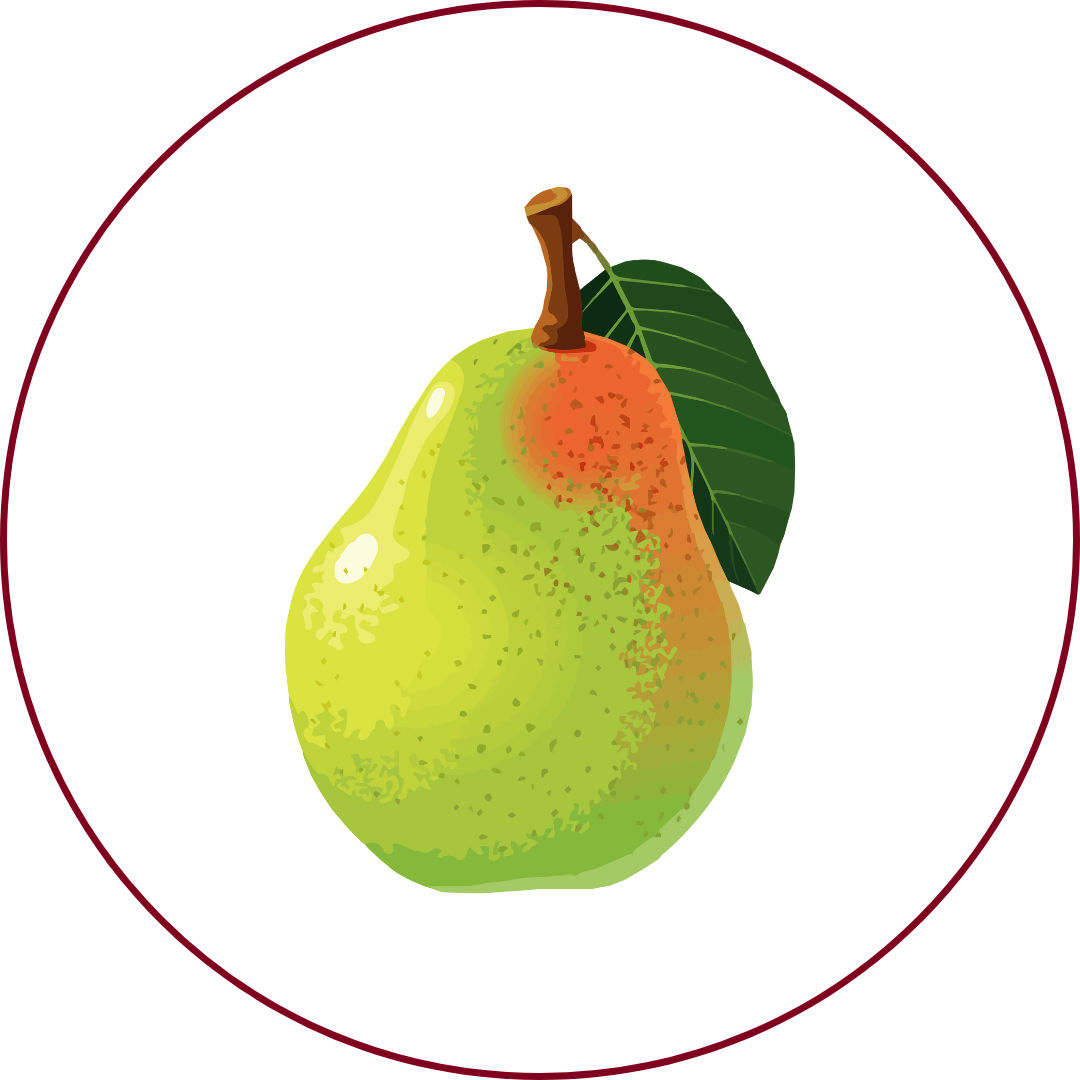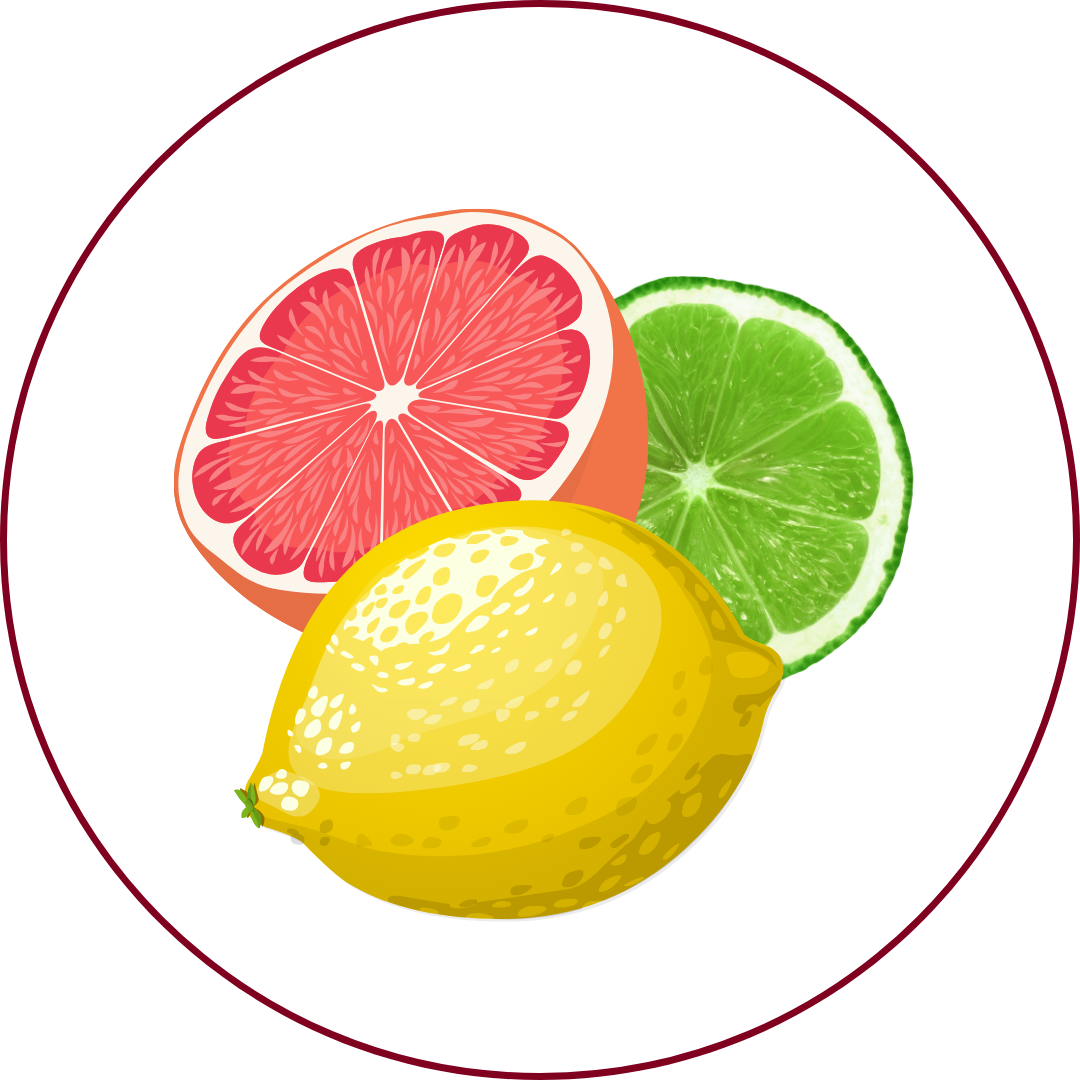Grape Variety
Kisi
"kee-see"
Wine Styles
 Sparkling
Sparkling Light White
Light White Full White
Full White Aromatic
Aromatic Rosé
Rosé Light Red
Light Red Medium Red
Medium Red Full Red
Full Red Dessert
DessertAbout Kisi
Origin
Kakheti region, Georgia
History
Kisi is a native Georgian white grape variety primarily grown in the Kakheti region. By the early 2000s, it was nearly extinct due to factors like susceptibility to diseases and lower yields compared to other varieties. However, its potential for producing high-quality wines has led to a revival in recent years, with increasing plantings and recognition in both traditional qvevri and European winemaking styles.
Appearance
Medium-sized clusters of greenish-yellow grapes with thin skins.
Growing Traits
Kisi is a late-budding variety, relatively resistant to frost, drought, and downy mildew. It ripens before Rkatsiteli, typically in the last two weeks of September. The grape's sugar content can reach up to 30%, making it suitable for producing naturally semi-sweet wines.
Wine Characteristics
Body
3/5
Sweetness
1/5
Tannin
1/5
Acidity
3/5
Alcohol
2/5
Medium-bodied with a harmonious structure, offering depth and complexity. Typically dry, emphasizing its rich fruit character. Negligible tannins in European-style wines; however, traditional qvevri-fermented versions may exhibit mild tannic presence due to extended skin contact. Moderate to high acidity, providing freshness and balance to the wine. Moderate alcohol content, generally around 12-13%, ensuring balance and drinkability.
Taste Profile

Pear

Citrus

Green Tea

Apricot

Mango
Kisi wines produced in the European style are straw-colored with floral aromas and flavors of pear, citrus, and green tea on the palate. Amber qvevri wines reveal more apricot, mango, lime, orange, and walnut characteristics, offering a complex and layered tasting experience.
Food Pairing
Kisi's versatility allows it to pair well with a variety of dishes. European-style Kisi wines, with their crisp acidity and floral notes, complement salads, seafood, and cheeses. Traditional qvevri-fermented Kisi, exhibiting richer flavors and fuller body, pairs excellently with grilled meats, creamy sauces, and spicy dishes, enhancing the dining experience.
Growing Regions

Georgia
Kakheti
Notable Wines & Producers
Pheasant's Tears Kisi
Pheasant's Tears Winery
Teliani Valley 'Glekhuri' Kisi Qvevri
Teliani Valley
Shumi Winery 'Iberiuli' Kisi
Shumi Winery
Kisi FAQ
Common questions about this grape variety
What is the origin of Kisi?
+
Kakheti region, Georgia
Is Kisi wine full bodied?
+
Kisi has a body level of 3 out of 5. Which means that Kisi is Moderate bodied.
Is Kisi wine dry or sweet?
+
Kisi has a dryness level of 1 out of 5. Which means that Kisi is Dry.
Where is Kisi wine from?
+
Kakheti region, Georgia
Where is Kisi grown?
+
Kisi is grown in Georgia (Kakheti).
What is Kisi like?
+
Kisi wines produced in the European style are straw-colored with floral aromas and flavors of pear, citrus, and green tea on the palate. Amber qvevri wines reveal more apricot, mango, lime, orange, and walnut characteristics, offering a complex and layered tasting experience.
What does Kisi pair with?
+
Kisi's versatility allows it to pair well with a variety of dishes. European-style Kisi wines, with their crisp acidity and floral notes, complement salads, seafood, and cheeses. Traditional qvevri-fermented Kisi, exhibiting richer flavors and fuller body, pairs excellently with grilled meats, creamy sauces, and spicy dishes, enhancing the dining experience.
What does Kisi taste like?
+
Kisi wines produced in the European style are straw-colored with floral aromas and flavors of pear, citrus, and green tea on the palate. Amber qvevri wines reveal more apricot, mango, lime, orange, and walnut characteristics, offering a complex and layered tasting experience.
Take Kisi Knowledge with You
Access detailed grape profiles, tasting notes, and pairing suggestions on your iPhone.
Download on theApp Store